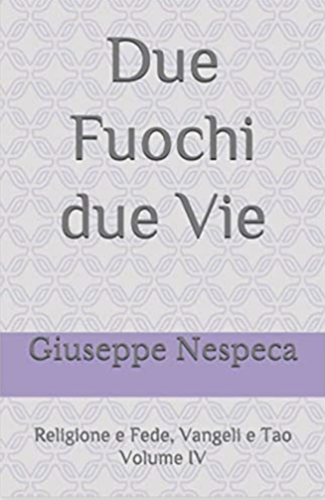1. A text by Saint Augustine offers us the key to interpreting Christ's miracles as signs of his saving power: "The fact that he became man for us has been of much greater benefit to our salvation than the miracles he performed among us; and it is more important than the fact that he healed the diseases of the body destined to die" (S. Augustini, In Io. Ev. Tr., 17, 1). In order to this health of the soul and the redemption of the whole world, Jesus also performed miracles of a corporal order. And so the theme of the present catechesis is as follows: through the "miracles, wonders and signs" he performed, Jesus Christ manifested his power to save man from the evil that threatens the immortal soul and his vocation to union with God.
2. This is what is revealed in a special way in the healing of the paralytic in Capernaum. The people who brought him, unable to enter through the door into the house where Jesus teaches, lower the sick man through an opening in the roof, so that the poor man comes to stand at the feet of the Master. "Jesus, seeing their faith, said to the paralytic, 'Son, your sins are forgiven you'". These words arouse suspicion of blasphemy in some of those present: "This man blasphemes! Who can forgive sins but God alone?". Almost in response to those who had thought so, Jesus addresses those present with the words: "What is easier: to say to the paralytic: Your sins are forgiven, or to say: Get up, take up your bed, and walk? Now, so that you may know that the Son of Man has the power on earth to forgive sins, I command you,' he said to the paralytic, 'Get up, take up your cot, and go to your house. He got up, took up his cot, and went out in the presence of all" (cf. Mk 2:1-12 and also Mt 9:1-8; Lk 5:18-26; Lk 5:25).
Jesus himself explains here that the miracle of healing the paralytic is a sign of the saving power by which he forgives sins. Jesus performs this sign to show that he has come as the Saviour of the world, whose main task is to free man from spiritual evil, the evil that separates man from God and prevents salvation in God, which is precisely sin.
[Pope John Paul II, General Audience 11 November 1987]












